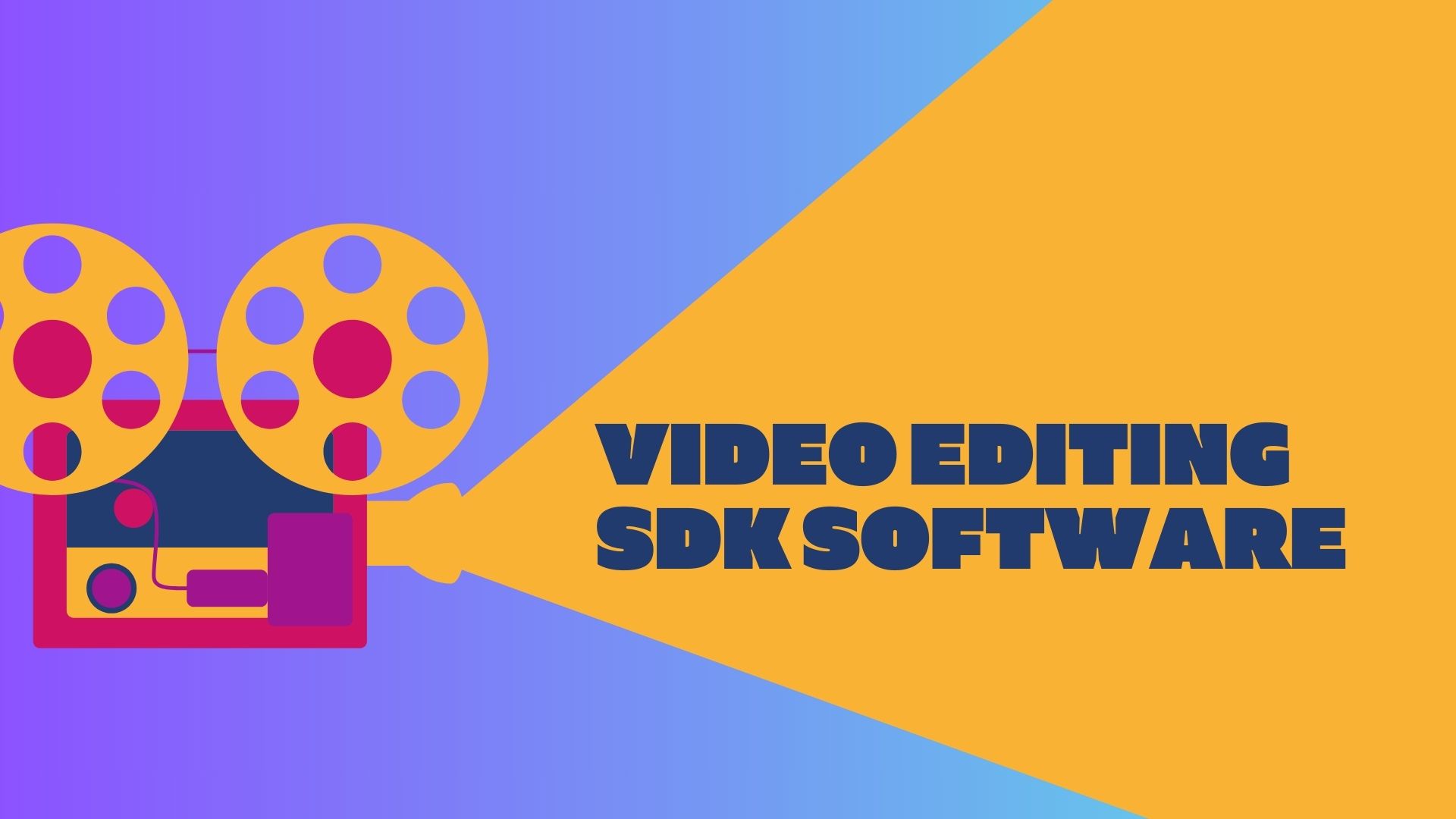Getting Data Governance Right
Page Contents
By W. Matthew Wagnon, BackOffice Associates
It’s no secret that data is a hot topic in today's market. The value of having business ready data, available every day, has never been so important.
The emergence of the chief data officer and director of data governance positions is a testament to that. The data governance and master data management (MDM) market is approximately 10 years young, yet organizations are restructuring internally and changing the way they do business, by leveraging data to gain a competitive advantage within their marketplaces.
Without data governance, this is not possible, yet still companies struggle to implement and realize their governance vision.
Many organizations have engaged in various internal MDM and data governance initiatives as they pertain to relevant domains, business processes and budgets. As the market matures, more and more organizations, including small and mid-level companies, are identifying the need to develop or mature their own governance initiatives. However some organizations still struggle to admit that there is even a problem with their data.
Understanding Master Data Management Strategies
Organizations executing MDM strategies range from companies managing their data as an asset, leading to operational efficiency, increased customer satisfaction and return rates, to companies lacking a clear vision for their master data but acknowledging that they have a problem.
The reality of this spectrum is that the overwhelming majority of organizations fall somewhere in between. These companies have been implementing some combination of information governance strategies including data warehousing, the creation of a business glossary, meta-data management, data quality reporting or passive data governance, and active data governance or MDM business process execution to create and maintain data that's federated throughout their enterprise architecture. Some implementations are effective in a particular siloed domain but far less effective within others.
For example, different areas of the business may own all finance, customer, supplier and material master data. Each domain has different challenges, strengths and weaknesses. If each domain designs and implements their own solutions, it will be likely that one of these silos implements a stronger, more agile and more mature approach, whereby the other domains will not benefit from the maturity of that silo.
Working within domain silos comes with the opportunity cost of not learning from other domains ideas and mistakes. This is often a result of not having a structured governance organization with a shared vision and strategy.
Benchmarking Data Governance
To optimize operational efficiency and understand how to become more mature as a data governance organization, companies are starting to benchmark their own implementations against the market as a whole. How is this accomplished?
They can begin by engaging with industry analysts and subject matter experts who have seen and evaluated various implementations and have the ability to compare and contrast the benefits and pain points of each. Gartner has published helpful reports including “The Seven Building Blocks of MDM: A Framework for Success” to provide the industry with stepping stones and a blueprint to be successful in their MDM initiatives. They have also published “Use the Gartner MDM maturity Model to Create your MDM roadmap” to provide a maturity assessment guide.
Publications such as these, by independent third party analysts, will help your organization grasp how they measure up against the rest of the market. They will also leave you wanting more from your current implementation.
Combine Maturity, Tools for Data Governance Success
Knowing your data governance vision and “road map” is essential for getting data governance right, yet it is just the first few steps. Once you’ve identified your vision and determined your target maturity level, only then should you start making decisions on which organizational changes may be necessary, as well as what processes require governance initiatives.
Having this information and knowledge will help your organization substantially once you begin to make decisions regarding your IT landscape. There are many vendors and tools that can perform pieces of MDM and data governance, and selecting the proper tools that will enable you to achieve the intended strategy is critical to success.
Most organizations will need to engage data governance strategy consultants to help them attain their goals and reach the highest maturity levels. This is a good place to start, but also make sure to use an independent framework to validate the findings and recommendations. This includes mapping your organization's current maturity level to the recommendations to yield a clear roadmap for achieving success.
W. Matthew Wagnon is senior product manager, BackOffice Associates, a worldwide leader in information governance and data modernization solutions, focusing on helping Fortune 1000 customers manage one of their most critical assets – data.

Public relations, digital marketing, journalism, copywriting. I have done it all so I am able to communicate any information in a professional manner. Recent work includes creating compelling digital content, and applying SEO strategies to increase website performance. I am a skilled copy editor who can manage budgets and people.



